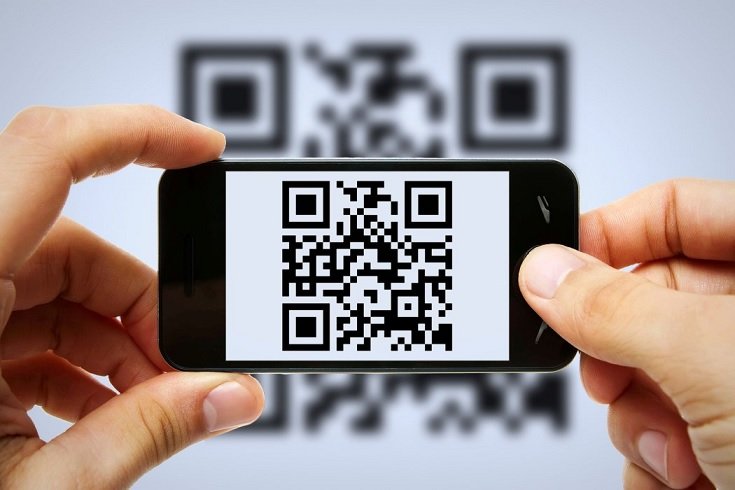Demystifying QR Codes: A Comprehensive Guide on Creation, Functionality, and Applications

Quick Response (QR) codes have become an integral part of our daily lives, seamlessly connecting the physical and digital worlds. Originally developed in 1994 by Denso Wave, a subsidiary of Toyota, QR codes have evolved from their automotive industry origins to widespread use in various fields. This comprehensive guide explores the creation, functionality, and diverse applications of QR codes.
Understanding QR Codes
1. What is a QR Code?
A QR code is a two-dimensional barcode that stores information both horizontally and vertically, enabling it to contain a large amount of data. Unlike traditional barcodes, QR codes can store various types of data, such as text, numeric, alphanumeric, and binary.
2. QR Code Structure
QR codes consist of black squares arranged on a white square grid. Three distinctive squares in the corners, known as “finder patterns,” help scanners identify the code’s orientation. The data is encoded in a matrix within the QR code, and error correction mechanisms ensure accurate data retrieval even if the code is partially damaged.
Creating QR Codes
1. QR Code Generators
Numerous online tools and mobile apps allow users to generate QR codes easily. Some popular options include QR Code Generator, QR Stuff, and Google’s QR Code Generator. These platforms enable users to encode various types of data, including URLs, contact information, Wi-Fi credentials, and more.
2. Selecting Data Type and Content
Determine the type of information you want to encode, such as a website URL, plain text, business card details, or a calendar event. Different QR code generators offer options for encoding specific data types, ensuring compatibility with the intended application.
3. Customizing QR Codes
Some generators allow users to customize the appearance of QR codes by altering colors and adding logos. However, it’s crucial to maintain a balance between customization and functionality, as overly complex or altered QR codes may become unreadable.
Using QR Codes
1. Scanning QR Codes
Mobile devices with built-in cameras are equipped to scan QR codes. Users can download dedicated QR code scanning apps or use the built-in functionality within messaging and camera applications. Simply open the scanning app, align the QR code within the viewfinder, and the device will quickly decode the information.
2. Applications in Various Fields
a. Retail and Marketing
QR codes are extensively used in retail for product information, promotions, and discounts. They provide a convenient way for customers to access additional details about a product or quickly navigate to a website for purchasing.
b. Contactless Payments
Mobile payment systems often utilize QR codes to facilitate secure and contactless transactions. Users scan a merchant’s QR code to initiate a payment, streamlining the checkout process.
c. Education
In education, QR codes are employed to share resources, link to online content, and enhance the learning experience. Teachers can embed QR codes in textbooks, worksheets, or presentations to direct students to supplementary materials.
d. Healthcare
QR codes have found applications in healthcare for patient identification, accessing medical records, and facilitating appointment check-ins. They play a crucial role in maintaining a seamless and efficient healthcare system.
3. Best Practices for QR Codes
a. Ensure Readability
Maintain a balance between customization and readability. Test QR codes across different devices and scanning apps to ensure universal compatibility.
b. Use High-Quality Images
When adding a logo or customizing QR codes, use high-resolution images to preserve clarity. Low-quality images may compromise the code’s scannability.
c. Regularly Check and Update
If the information linked to a QR code changes, update the code accordingly. Broken or outdated links diminish the user experience and defeat the purpose of the QR code.
Conclusion
QR codes have evolved from their inception as automotive tracking tools to versatile connectors in a digital age. Whether simplifying transactions, enhancing educational materials, or streamlining information retrieval, QR codes continue to play a pivotal role in bridging the physical and digital realms. As technology advances, the applications of QR codes are likely to expand, making them an enduring and invaluable tool in our interconnected world.



